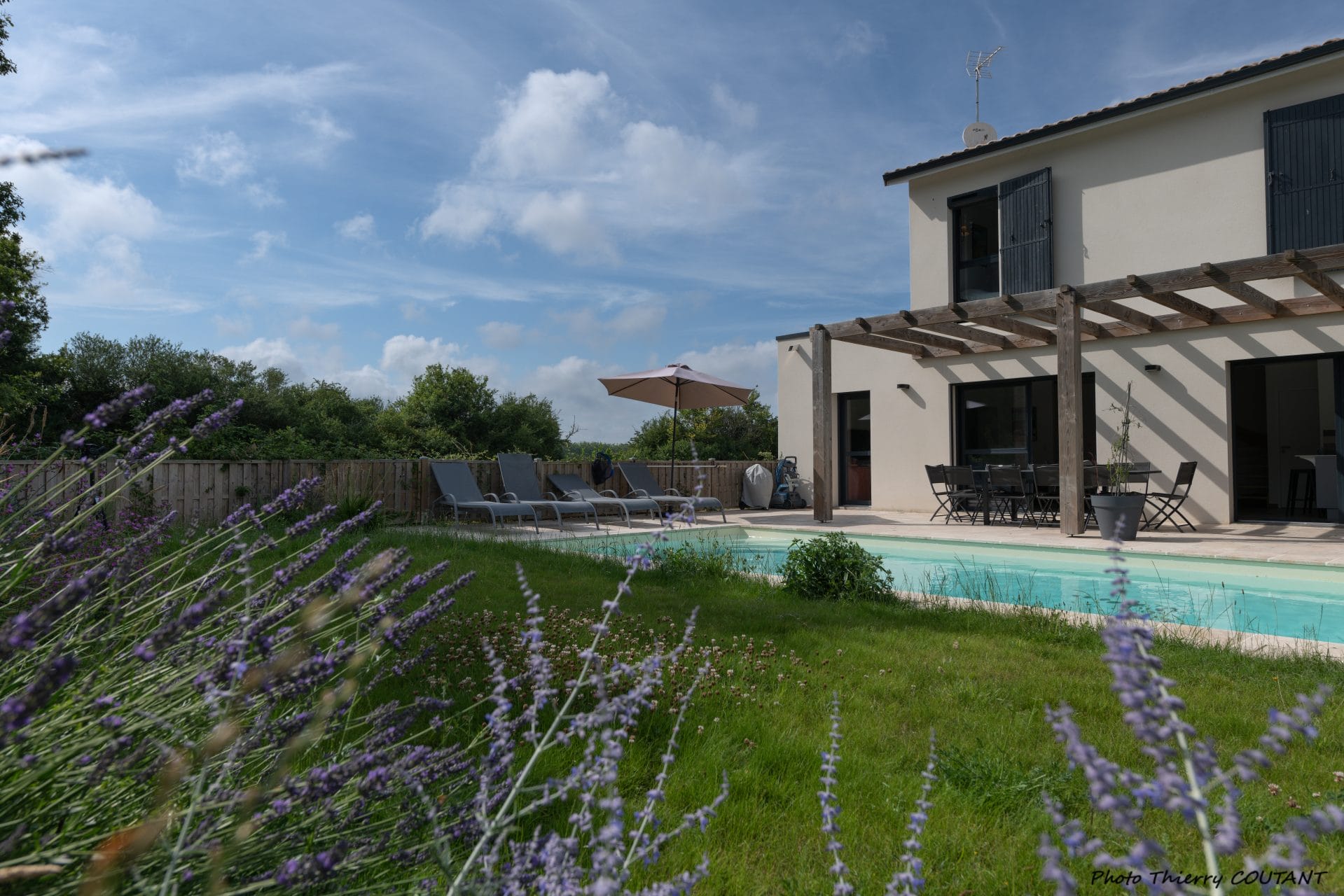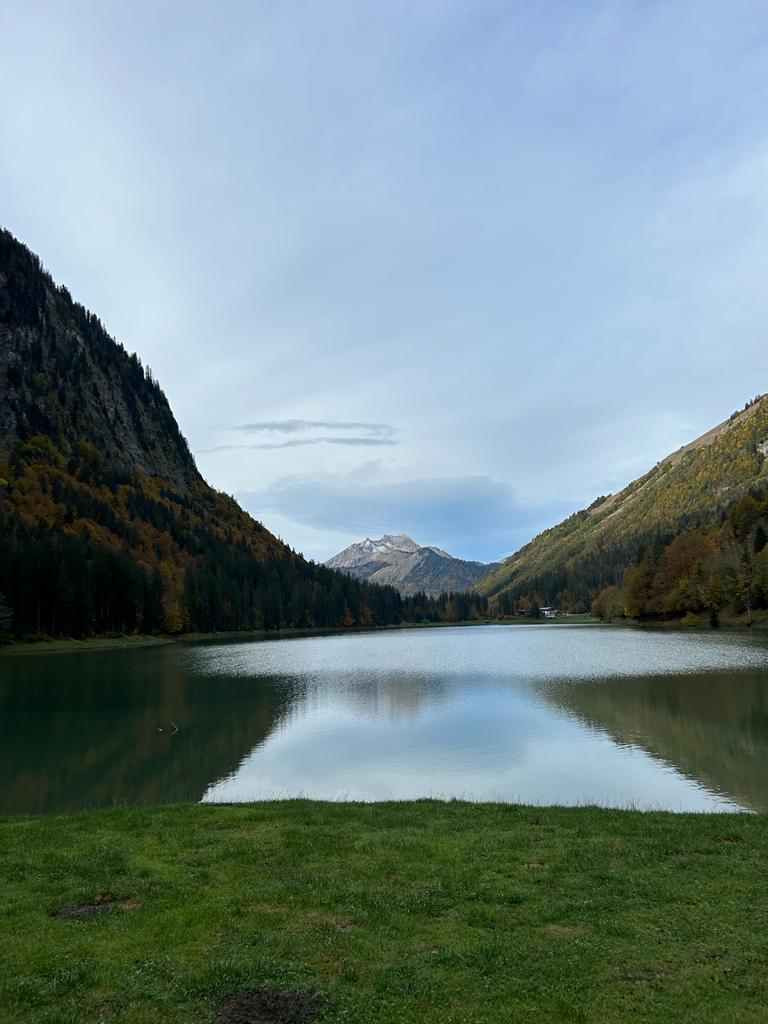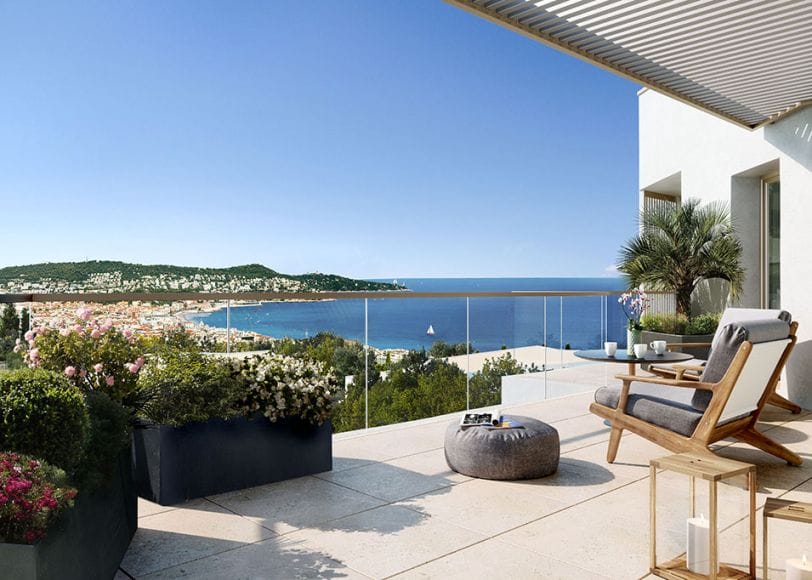Paris is the most visited city in the world and is important both in terms of tourism and business with many of the world’s largest companies based in the city. Its perennial allure is down to its truly beautiful architecture, exceptional restaurants, its many museums, cathedrals and galleries and its general lively and sophisticated atmosphere. In this guide we will look at all the different arrondissements of Paris but also the surrounding departments that make up the Ile de France region.

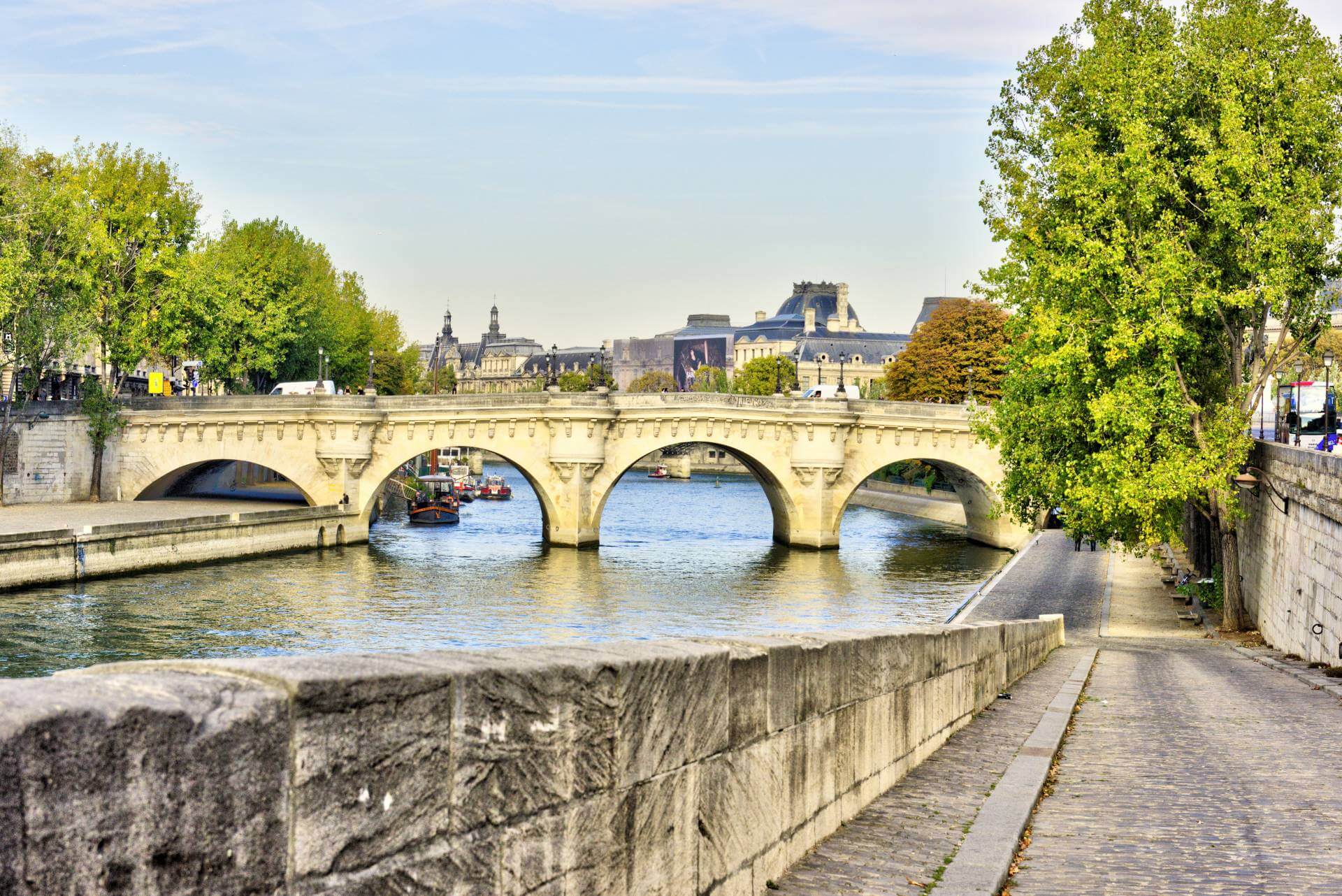
1st Arrondissement of Paris
The 1st Arrondissement of Paris is located in the centre of the city on the banks of the River Seine and is the least populous arrondissement of Paris but has arguably the most cultural attractions and monuments. It is an area characterised by its Hausmann era boulevards, 17th century Palais Royal and the Tuileries Park but also its designer boutiques and Jewellers at Place Vendome and Rue Saint Honore and the Halles shopping district particularly along Rue de Rivoli. The most visited and most famous of all these attractions is the Louvre museum which contains the Mona Lisa amongst its 70,000 art pieces.
2nd Arrondissement of Paris
The 2nd Arrondissement of Paris is its smallest yet most dense in terms of business activity hosting the most jobs of all others in the city. It is also referred to as Bourse as it houses the former Paris Bourse (Stock exchange) and it has several banking headquarters, the Sentier textile district, Place des Victoires, Medieval Tour Jean-Sans-Peur and the Salle Favart theatre. It is an area less frequented by tourists but has some pretty old covered passageways, permanent market streets and edgy boutiques and is becoming one of the “cooler” places to live in Paris with stylish cocktail bars, restaurants and hotels. It is also just a short walk to many of the main attractions in Paris.
3rd Arrondissement of Paris
The 3rd Arrondissement of Paris (often referred to as the Haut-Marais or Temple) dates back to the Middle Ages and is a bustling area filled with art, science and culture hosting the likes of modern galleries such as the Picasso Museum, Musee des Arts et Metiers science museum and Enfants Rouge international food market. It is an area of small winding streets and local charm and is now a particularly trendy area to live in Paris with many boutique shops, fashionable cafes, bars and restaurants.

4th Arrondissement of Paris
The 4th Arrondissement of Paris is one of the most famous and is often referred to as Le Marais (although technically it is just the lower part of Le Marais) and includes Ile de la Cite and the infamous Cathedral Notre Dame de Paris, Place des Vosges, Centre Pompidou, the Town Hall of Paris (Hotel de Ville) and Ile de Saint Louis. It is a real melting pot of cultures and is popular within the gay community with a huge amount of charm and old architecture dating back to medieval times. Its many lively little streets host a large number of cafes and independent shops and while it can get rather busy with tourists is still a place well worth visiting.
5th Arrondissement of Paris
The 5th Arrondissement of Paris, known as the Latin Quarter and referred to as Pantheon is one of the oldest in the city and was first built by the Romans in the 1st Century. It has many prestigious high schools and universities such as the Sorbonne and as such is a lively area with many students which also means it is less expensive and younger than other surrounding areas. Here you will find several interesting monuments such as the Arenes de Lutece Roman Amphitheatre, The Pantheon, the botanical garden “Jardin des Plantes” and the National museum of Natural History. The area has a good number of bookshops, theatres, bars, cafes and restaurants too.
6th Arrondissement of Paris
Situated on the banks of the River Seine the 6th Arrondissement of Paris is the most expensive district in Paris in terms of per capita income and has some of the most chic shops, hotels, restaurants and bars. Here you will find the Abbey of Saint-Germain-des-Pres which is the oldest church in Paris, the Jardin du Luxembourg Park which attracted the French nobility in the 17th Century, world famous educational institutions, the Pont des Arts and St Sulpice Church. Steeped in history and surrounded by beautiful architecture, it has an intellectual yet bohemian reputation and is well known for its art galleries and fashion boutiques.

7th Arrondissement of Paris
The centrally located 7th Arrondissement of Paris often referred to as Palais-Bourbon is one of the most expensive districts and became very popular with the French nobility in the 17th Century. It effortlessly marries a village like atmosphere with some of Paris’s most sublime architecture and Hotels Particuliers and contains some of the most iconic buildings, monuments and galleries in France such as the Eiffel Tower, the Hotel des Invalides (an armoury museum and location of Napoelon’s tomb), Musee du Quai Branley, Musee d’Orsay (impressionist art collection) and Mussee Rodin (sculpture garden). It also houses a number of government ministries, foreign diplomatic embassies the French National assembly and the Champs de Mars Park. In addition on the Rue de Cler and around the Bon Marche department store which offers sophisticated shopping, you will find bustling cafes, restaurants and gourmet shops.
8th Arrondissement of Paris
The 8th Arrondissement of Paris, often called “Elysee” is one of the most chic areas of Paris and is filled with smart offices, luxury hotels and high end boutiques with most French fashion brands having their primary store here. Its focal point is the Champs-Elysees and has many places of interest and importance such as the Elysee Palace (the official residence of the President of France), the Arc de Triomphe, Place de la Concorde, several art museums and the Grand Palais which has a large contemporary art gallery, a science museum and hosts important exhibitions in its exhibition hall.
9th Arrondissement of Paris
The elegant 9th arrondissement of Paris is commonly referred to as Opera and hosts many of the city’s large department stores like Galeries Lafayette and Printemps on Boulevard Haussmann but also business centres and places of cultural interest such as Palais Garnier (home of Paris Opera) and numerous theatres like the Folies Bergere music hall. If you’re looking for some cool places to have a cocktail but still surrounded by 19th century architecture then the hip area south of the Pigalle metro station is worth visiting or if you’re into your food then head to the lively Rue des Martyrs with its restaurants, cafes, shops and covered passages.
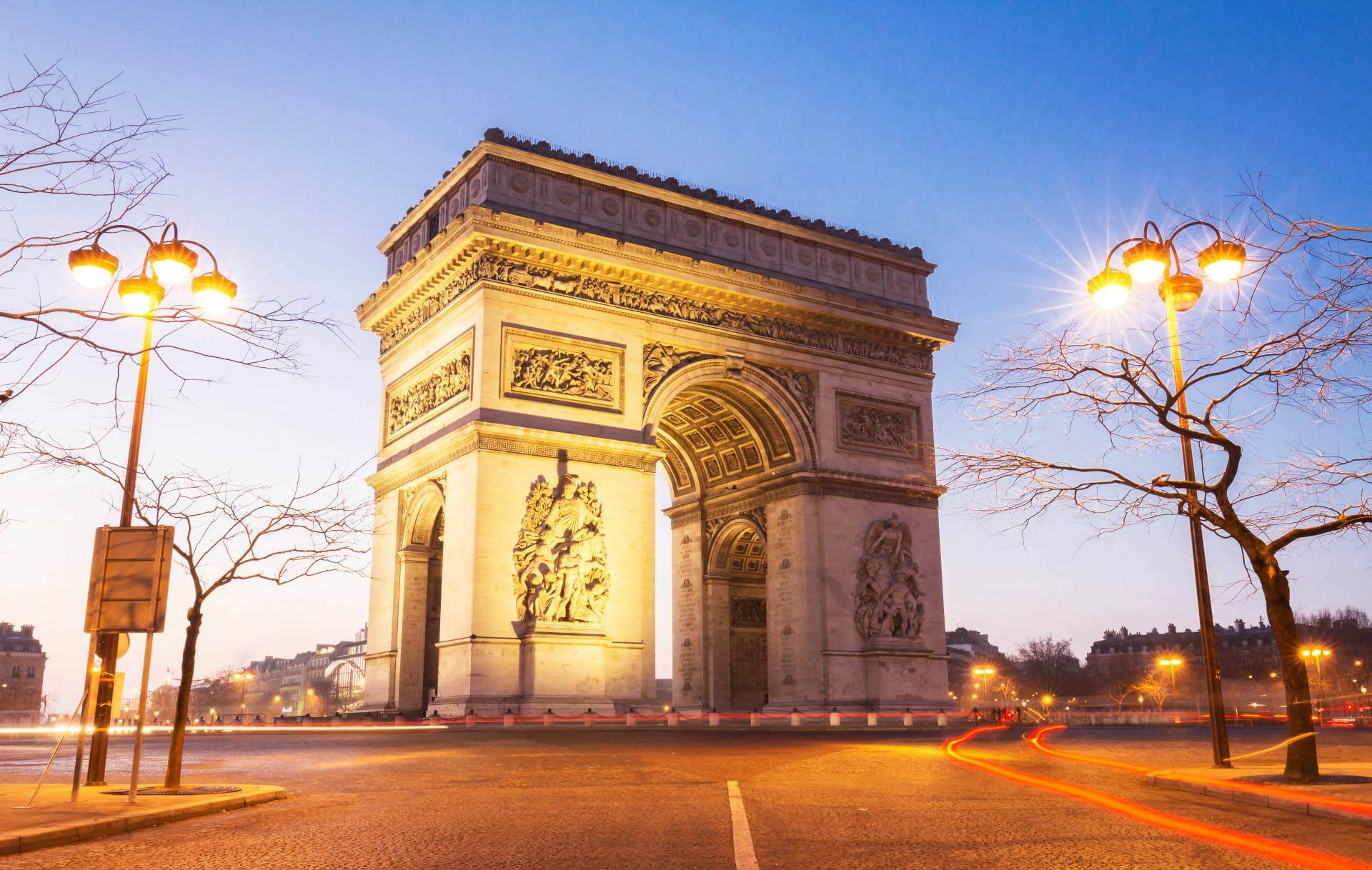
10th Arrondissement of Paris
The up and coming 10th Arrondissement of Paris is also known as Entrepot of more colloquially as Little Turkey due to its significant Turkish population. It is very dense both in terms of business premises and residential buildings and contains the main train stations of Gare de l’Est and Gare du Nord. Along the Canal St Martin which leads to the Seine you will find bohemian cafes and eventually a collection of Indian restaurants along Passage Brady and the large covered markets of Marche St Martin and St Quentin have many gourmet food stalls. Place de la Republique is a great area to find lively and edgy bars and restaurants while for quieter dining head to Rue Sainte-Marthe where you will also find art studios.
11th Arrondissement of Paris
The centrally located, trendy 11th Arrondissement of Paris known as Popincourt is the most densely populated district in Europe and has many lively and hip bars around Rue Oberkampf and cool restaurants around Rue de Charonne where you will also find fashion boutiques. Place de la Bastille is also a great place for a night out which is near the city’s main opera house at Opera Bastille. Two of the biggest bi-weekly open air markets are here too: Marche Bastille and Marche Popincourt.
12th Arrondissement of Paris
The 12th Arrondissement of Paris is largely a residential neighbourhood with a large part of it taken up by the Bois de Vincennes Park which has an arboretum, a zoo and a 14th century Chateau. One of the most popular spots for families in Reuilly (as the 11th arrondissement is known) is the area around Bercy, a former warehouse district that now has the Bercy Arena, numerous retail chains and restaurants and the Marche d’aligre and Marche Beauvau host fresh produce markets every day. It has become increasingly developed and gentrified in the last 30 years and has a number of attractions including the Promenade Plantee which is an elevated garden running along the old railway track, below which are numerous art galleries in the Viaduc des Arts.
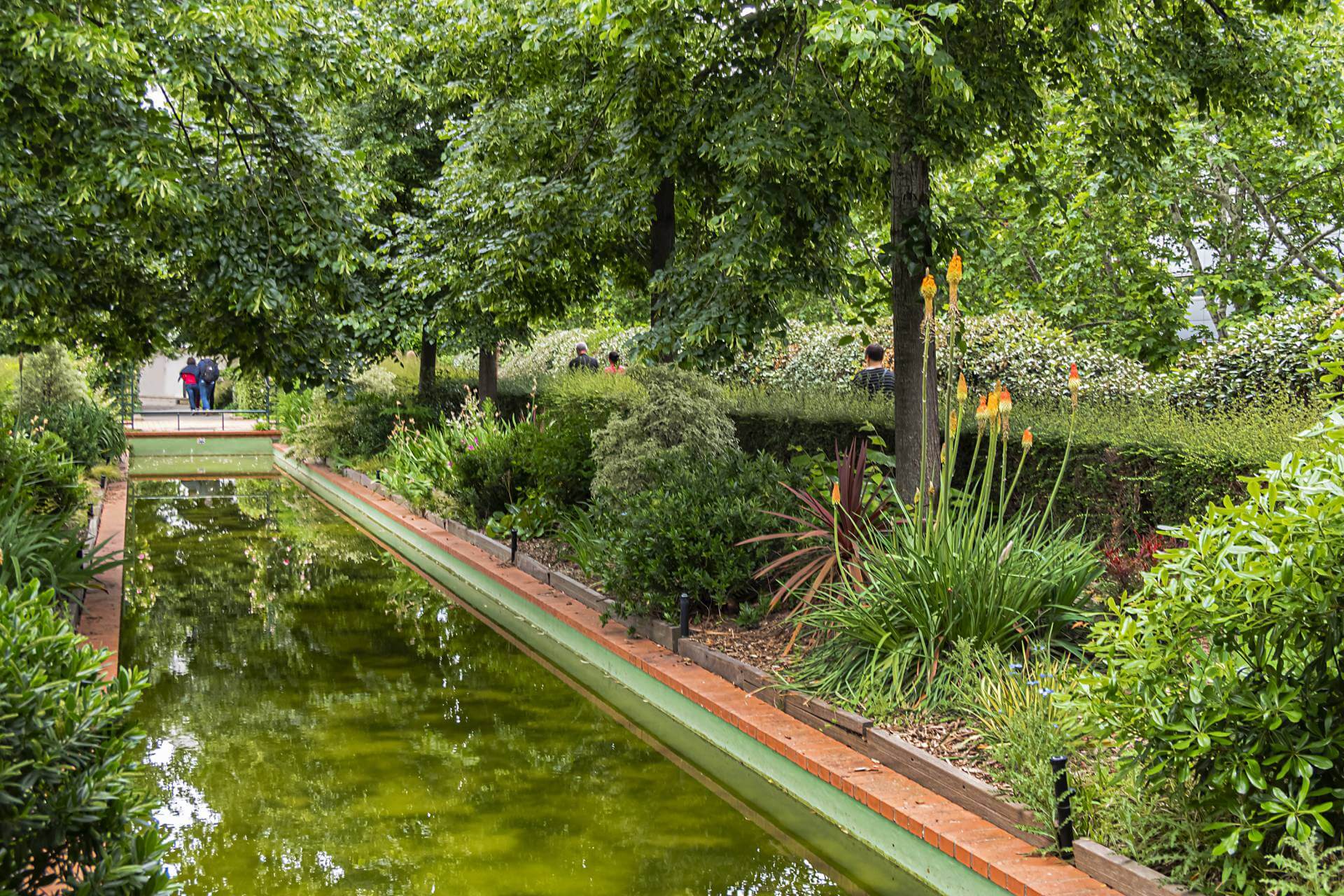
13th Arrondissement of Paris
The multicultural 13th Arrondissement of Paris, often referred to as “Gobelins” is a mixture of modern high rise and classic buildings. This is the area’s main Chinatown where you will discover the majority of the city’s best Asian cuisine and markets, particularly Chinese and Vietnamese. France’s main library the Bibliotheque National Francois Mitterand is here in the book shaped towers and a thriving night scene has developed around Quai de la Gare with nightclubs, cafes and bars on riverboats. The new business district is at Paris Rive Gauche and there is a large artistic community at Les Frigos which has been converted to an artist and musician studio complex.
14th Arrondissement of Paris
The bohemian 14th Arrondissement of Paris known as the “arrondissement de l’Observatoire” contains a large part of the lively Montparnasse district with its numerous well known bistros, creperies (due to its Breton influence), relaxed cafes and shopping. Places of particular interest are the Fondation Henri-Cartier Bresson for Contemporary art, the underground tunnels of the Paris Catacombes, Montparnasse Cemetery, and the Observatory for astronomy. There is also an attractive large park called Parc Montsouris and Place Denfert-Rochereau and The Lion de Belfort are worth walking through.
15th Arrondissement of Paris
The 15th Arrondissement of Paris known as “Vaugirard” is a varied area which is home to the majestic Tour Montparnasse with its beautiful views of the city. It borders the 14th arrondissement, juxtaposed with quaint shops around La Motte Grenelle metro station where most of its streets are lined with shops, markets and restaurants. This densely populated area includes places of interest such as the Musee Bourdelle and Musee de la Poste, the Parc Andre Citroen, the convention centre “Paris expo Porte de Versailles”, the high rise district of Porte de Seine and of course the large train station Gare Montparnasse. There is also a small man-made island “Ile aux Cynges” worth seeing and the famous Cordon Bleu cooking institute is based in this arrondissement.

16th Arrondissement of Paris
The elegant 16th Arrondissement of Paris with its large avenues, ornate 19th century architecture, parks and prestigious schools is the largest and one of the wealthiest in Paris. It includes part of the Arc de Triomphe and houses many of the city’s finest museums between the Place du Trocadero (which has a great view of the Eiffel Tower) and the Place d’Iéna including the Palais de Tokyo with its contemporary art and the Fondation Louis Vuitton. The most sought after area is Hilly Passy and the nearby Bois de Bologne is a large park where the Roland Garros tennis stadium is located on its corner. Other famous Paris stadiums in the 16th are Parc de Princes and Stade Jean-Bouin. It has some of the best luxury food shopping in Paris and some of the best food markets too.
17th Arrondissement of Paris
The hip 17th Arrondissement called Batignoles-Monceau has rather an eclectic mix of architecture and inhabitants with Epinettes being the former industrial and more up and coming area in the NE compared to the Hausmanian style upper class areas of Monceau and Ternes in the SW and then the Batignolles district in between which is more young families and couples. Batignolles has a more grungy and Bohemian feel where fashion designers and artists meet and where you will find quaint cafes, wine bars, independent clothing brands and an altogether village like atmosphere. You have a good selection of trendy bars on the Place de Clichy square and nearby is the Palais des Congres exhibition centre and the Musee National Jean-Jacques Henner.
18th Arrondissement of Paris
The 18th Arrondissement of Paris often referred to as “Butte-Montmartre” is well known for its artistic history with the likes of Picasso and Dali once having lived here and of course the famous Sacre-Coeur basilica and the Moulin Rouge cabaret club. This densely populated arrondissement with the windy cobbled streets of Montmartre and lively and bright area theatre and music area of Pigalle also has a number of retro cool bars and eateries in the Lamarck district. For something quite unique though you should head to the Chateau Rouge area which you will instantly identify as the African quarter with its street food vendors, colourful fabric shops and speciality supermarkets. The area is also known for its Vintage shops and has the last remaining vineyard in Paris at Clos Montmartre.
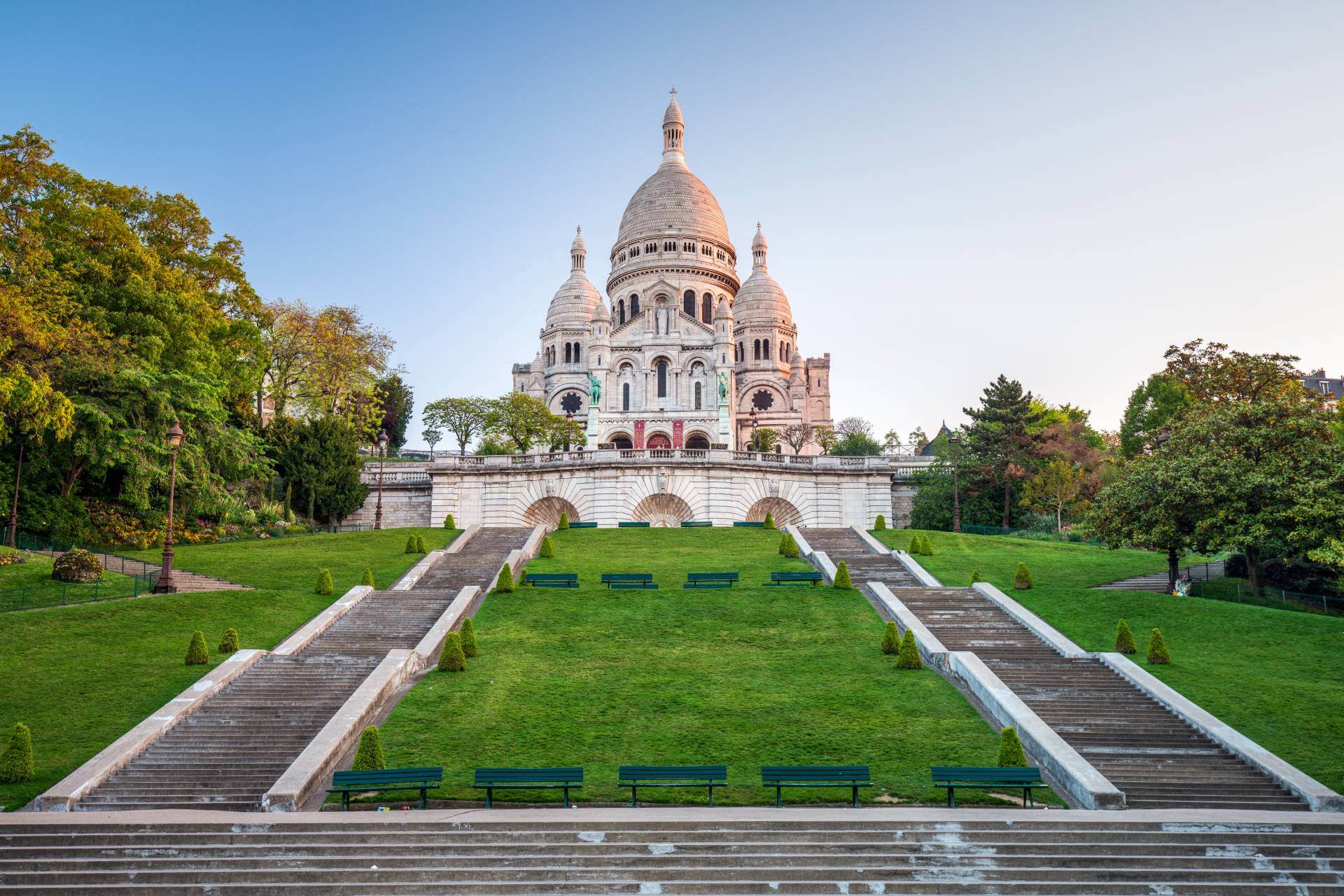
19th Arrondissement of Paris
The 19th Arrondissement of Paris blends Cosmopolitan Paris with French Bohemianism and has two canals that lead to the large Parc de la Villette: Canal Saint Denis and Canal de l’Ourcq with its waterfront promenade. In this park you will find numerous museums like Cité des Sciences et de l’Industrie, concert venues, an exhibition centre, the Conservatoire de Paris music School, Cabaret Sauvage, Philharmonie de Paris music complex and more, forming a cultural hub quite apart from the city centre. In the south of the arrondissement lies the Parc des Buttes Chaumont which has waterfalls and great city views.
20th Arrondissement of Paris
The 20th arrondissement of Paris known as Menilmontant is a former industrial area which has had a lot of development recently and now attracts a young, arty crowd who frequent the music venues of hilly Menilmontant and the surrounding grungy bars while Belleville is known for the freshest contemporary art galleries, street art and low price Chinese restaurants. The Pere Lachaise Cemetary attracts tourists as it is the final resting place of well-known figures such as Oscar Wilde and Jim Morrison. The area also hosts Asian markets, chilled and hip bars and if you want to unwind the Parc de Belleville with its wonderful views of the city and a small vineyard at its summit.

The outskirts of Paris
Outside the main walls of Paris there are a number of other places worth visiting and we shall look at these here.
Versailles
The city of Versailles is in the Yvelines department and is home to one of the most famous palaces in the world: The Palace of Versailles. It was the principle Royal residence in France from 1682 under Louis XIV until the start of the revolution in 1789 and boasts a ceremonial Hall of Mirrors, Royal Opera, Royal apartments and magnificent manicured Gardens of Versailles with its fountains, groves, geometric flowerbeds and canals. It is the second most visited monument in the whole of the Ile de France region only beaten by the Louvre and the Eiffel Tower. The wealthy city of Versailles itself is 17km to the centre of Paris and is dissected by the Avenue de Paris, known as the widest avenue in France. It has four main areas: Notre Dame, Montbauron Montreuil, the Antiquarian district and Saint Louis area. It also has many parks and gardens such as the Kings Kitchen Garden along with museums and shows like the Equestrian Academy of Versailles. In addition you’ll find several markets in Versailles like the Flower Market and Saint Louis Market plus boutique shops and a good selection of bakeries, patisseries, cafes and restaurants.

For related information on property sales and property rentals in Paris take a look at our pages: new property for sale in Paris and Ille de France and Property rental management in Paris and Ile de France.
